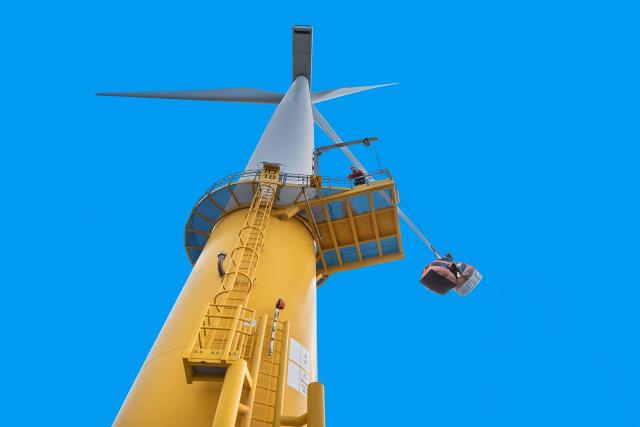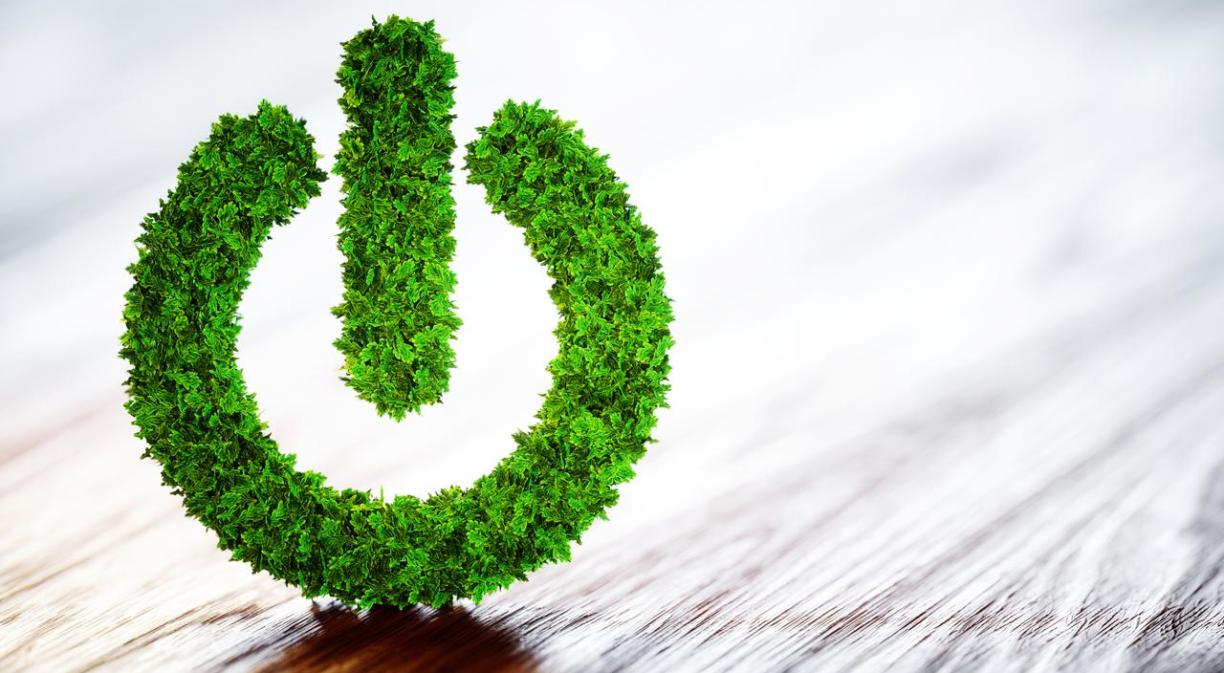In fact, the Royal Academy, in its second meaning, defines it as the capacity of a system to do work, measured in joules, in honour of the English physicist James Prescott Joule.
A very important characteristic of energy is that although it can change form in energy conversion processes, the amount of energy remains constant in accordance with the principle of conservation of energy.
Energy is constant
This principle states that energy is neither created nor destroyed, only transformed, which means that the total energy of an isolated system remains constant and in the universe there can be no creation or disappearance of energy, but only transfer from one system to another or transformation of energy from one form to another.
For example, the chemical energy of a car’s fuel is transformed into motion, which is kinetic energy, while the electrical energy of an iron is transformed into heat, for example.
How energy manifests itself
The two main sources in which it manifests itself are kinetic energy and potential energy. We refer to kinetics, the energy associated with the motion of an object. That is, moving objects are capable of causing a change or doing work.
Potential energy is the energy associated with an object due to its position or structure.
We could also talk in this section about thermal energy and chemical energy, other manifestations of energy.
Energy sources
There are different sources and types to classify energy. Thus, if we look at how they are obtained, we will have primary energies, those that are obtained directly from nature before being transformed, such as solar, wind, hydraulic, geothermal or sea energy, as well as those contained in biomass, oil, natural gas or coal, and secondary energies, which are obtained from the transformation of primary energies. This group would include gasoline, electricity, gas oil, fuel oil, etc
If we take into account their regenerative capacity, we find renewable energies, such as solar, wind, hydro, etc., and non-renewable energies, such as fossil and nuclear energy.
We can also classify them according to their environmental impact, distinguishing between clean and polluting.
The former would include most renewable energies, while the latter would include those whose production, distribution and consumption processes have high environmental costs, such as the burning of fossil fuels like coal, oil or gas.
Types of energy
It is clear that there are different ways of classifying types of energy, such as according to their origin, either renewable, those that come from natural resources and are almost inexhaustible, or non-renewable, those that have limited reserves that diminish with consumption.

Renewable energies:
- Wind energy: uses air masses to transform the kinetic energy contained in them into electricity by means of windmills.
- Solar energy: harnesses solar radiation to produce electricity (photovoltaic) or heat (thermal).
- Hydro energy: energy that uses water from reservoirs and wetlands to generate electricity through a hydroelectric power plant.
- Energy from the sea: it arises thanks to the movement of waves, tides or sea currents, obtaining electrical energy.
- Geothermal energy: by means of the energy found under the earth’s surface in the form of heat, electrical energy or thermal energy is produced.
- Biomass: electricity is generated by using organic matter as an energy source.
Non-renewable energies.
- Coal
- Oil
- Natural gas
- Nuclear Energy
Energy and the sun
Most of the energy we use comes from a single source, the sun. And it is from it that we can supply ourselves with energy.
The direct action of the sun’s rays are the cause of the temperature differences in the atmosphere and are the origin of rain, winds or the movement of the sea, which are sources of hydraulic, wind and tidal energy, as well as thermal energy, which uses the heat of the sun’s rays, and photovoltaic energy, which transforms sunlight into electricity.
But fossil fuels also have their origin in the sun, since it is the sun that allows the existence of plants and animals, whose organic matter accumulates and after millions of years gives rise to oil, natural gas and coal deposits.
Energy in the face of climate change
Energy is key if we are to curb climate change. Energy-related activities (processing, transformation, consumption, etc.) account for 80% of global CO2 emissions
The United Nations is leading on climate action, and recalls that fossil fuels, such as coal, oil and gas, are by far the biggest contributors to global climate change, accounting for more than 75% of total global greenhouse gas emissions and about 90% of all carbon dioxide emissions.
It therefore advocates cutting emissions by almost half by 2030 and reaching net-zero by 2050, which means moving away from reliance on fossil fuels and investing in alternative energy sources that are clean, accessible, affordable, sustainable and reliable.
In this regard, the UN outlines five reasons to accelerate the pace towards a clean energy transition:
- Renewable energies are all around us.
- Renewable energies are cheaper.
- Renewable energies are healthier.
- Renewable energies create new jobs.
- Renewable energies are economically reasonable.
Energy drives humanity, which is undisputed, but it is important that we take care of how this energy is used, because the future of all of us has a lot to do with the use of green energies as opposed to polluting ones.







